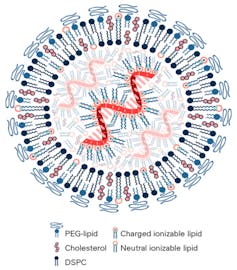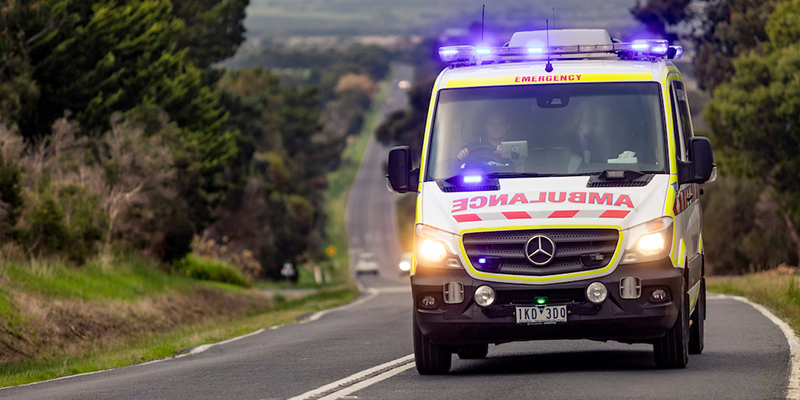The Australian Medical Association today released its annual Public Hospital Report Card and has written to health ministers ahead of their meeting today, saying the findings highlight the need for governments to take further action to address the issues impacting hospitals.
AMA President Professor Steve Robson said the annual report card, first published in 2007, clearly demonstrated the need for urgent action on top of existing planned reform to the National Hospital Funding Agreement (NHRA).
“Last year we welcomed the federal government’s announcement of a significant public funding boost to the hospital funding agreement and the decision to replace the 6.5 per cent funding growth cap with a more generous approach,” Professor Robson said.
“This announcement followed tireless AMA advocacy for funding reform. But the new agreement will still need more investment and agreement by all health Ministers.
“It also doesn’t come into effect until 2025. Urgent action is needed now.
“Australians are now waiting almost twice as long on average for planned surgery than they were
20 years ago, which is unacceptable.”
The report also found the national proportion of individuals receiving category two planned surgeries on time has again fallen to the lowest point on record. Category two surgeries include heart valve replacements, congenital cardiac defects, curettage nerve decompression and surgery of fractures that won’t heal on time.
“These surgeries are essential and urgent — they are not elective or cosmetic and every day of waiting can bring serious pain and increased risks to patients,” Professor Robson said.
In a letter to all health ministers sent with the report card, Professor Robson has urged ministers to agree to a $4.12 billion plan to address the planned surgery backlog, split between the commonwealth and the states and territories. The plan would be time limited to ease the immediate backlog while a new NHRA is negotiated.
The report card also found that our emergency departments remain strangled by access block, with the national average of ED patients being seen on time at the lowest level in the past 10 years across all categories except resuscitation.
The proportion of people in all triage categories who completed their emergency presentation in four hours or less was at just 56 per cent, representing a fall of five per cent since last year. This is the lowest number since 2011 and a fall of 14 per cent since pre-pandemic levels.








